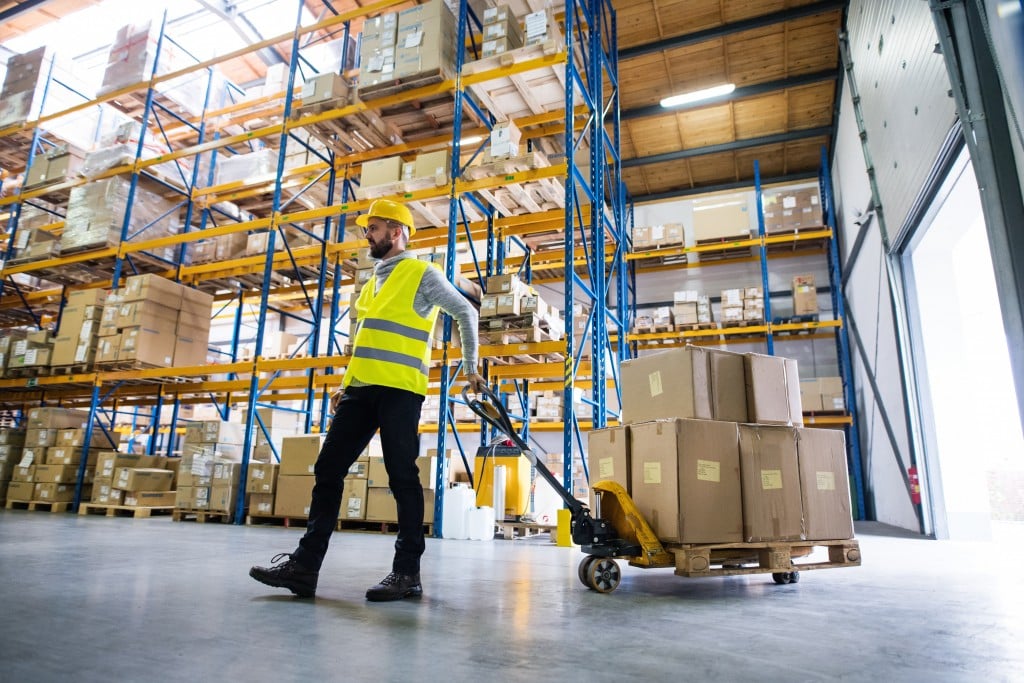From forklift accidents and musculoskeletal disorders to injuries from handling of heavy equipment and objects, a warehouse is riddled with numerous hazards, which is why there are a lot of regulations and industry safety standards in place that every warehouse are required to follow. However, despite compliance with these safety regulations, accidents still occur in the warehouse, and with the most common one being injuries caused by falling objects.
A wrench or even a screwdriver falling from a considerable height can already result in very nasty injuries (or worse), so there’s no doubt that heavier and bulkier objects that are stacked on warehouse shelves can do much more damage. As such, we’ll be focusing more on safety tips that warehouses should employ to significantly lower (if not eliminate) the risk or impact of falling objects.
#1 Get Professional Help
While it certainly helps to implement the following preventive measures for falling-object-related-injuries, it would be best to start by consulting with a professional. Having a warehouse safety audit, not only for falling object injury prevention, but for the overall operations can ensure that you’re making guided and informed decisions when investing in safety training, equipment, and improvements in the warehouse. If you’ve already covered most of the safety precautions against other hazards and wish to only focus more on addressing the threat of falling objects, there are companies that specialise on pallet racking inspection that you can partner with.
#2 Proper Training on Stacking, Risk Awareness, and Incident Response
Next up, you’ll want to provide both new and old warehouse workers with proper training with regards to anything related to stacking and the risk that comes with it. Better training allows your workers to safely stack and secure materials on warehouse shelves, but you shouldn’t stop there. All employees, even those who aren’t directly in charge of handling and stacking should be aware of the risks near shelves and stacked pallets and should know how to detect poor stacking so they can be reported and addressed immediately.
Additionally, you’ll also want to train your employees on what to do if ever a falling-object-related injury occurs to provide a quicker response which can potentially save lives.
#3 Enforce Strict Observance to PPEs
As a rule, you should never allow anyone (whether they’re employees or visitors) from going near the shelves or the warehouse floor without wearing a complete set of Personal Protective Equipment (PPEs). Supervisors should heavily enforce the observance of wearing protective gear, and warehouses should likewise provide enough well-fitting (or adjustable) PPEs for everyone. Lastly, it’s also vital for warehouse managers to ensure that PPEs are regularly inspected for any damages so that they can be replaced promptly.
#4 Clean, Leveled, and Clutter-Free Floors
Floors with holes, uneven elevations (due to cracks or dips in the concrete flooring), and clutter can cause tripping incidents or result in forklift operators to lose control or swerve into shelves and stacked pallets. These types of accidents can lead to an unfortunate domino effect that may end up destroying shelves or dislodging stacked goods and cause them to fall. So make sure that your warehouse’s concrete floor is always evenly-levelled and free from any obstructions and damages.
The Takeaway
Warehouses shouldn’t settle for complying with the most basic of industry standards in workplace safety. Going beyond what is required in terms of workplace safety can further reduce the risk of injuries and improve the overall safety of a workplace which, in turn, ultimately improves productivity and even promote workforce retention by warehouse workers that your company is serious about keeping them safe.
